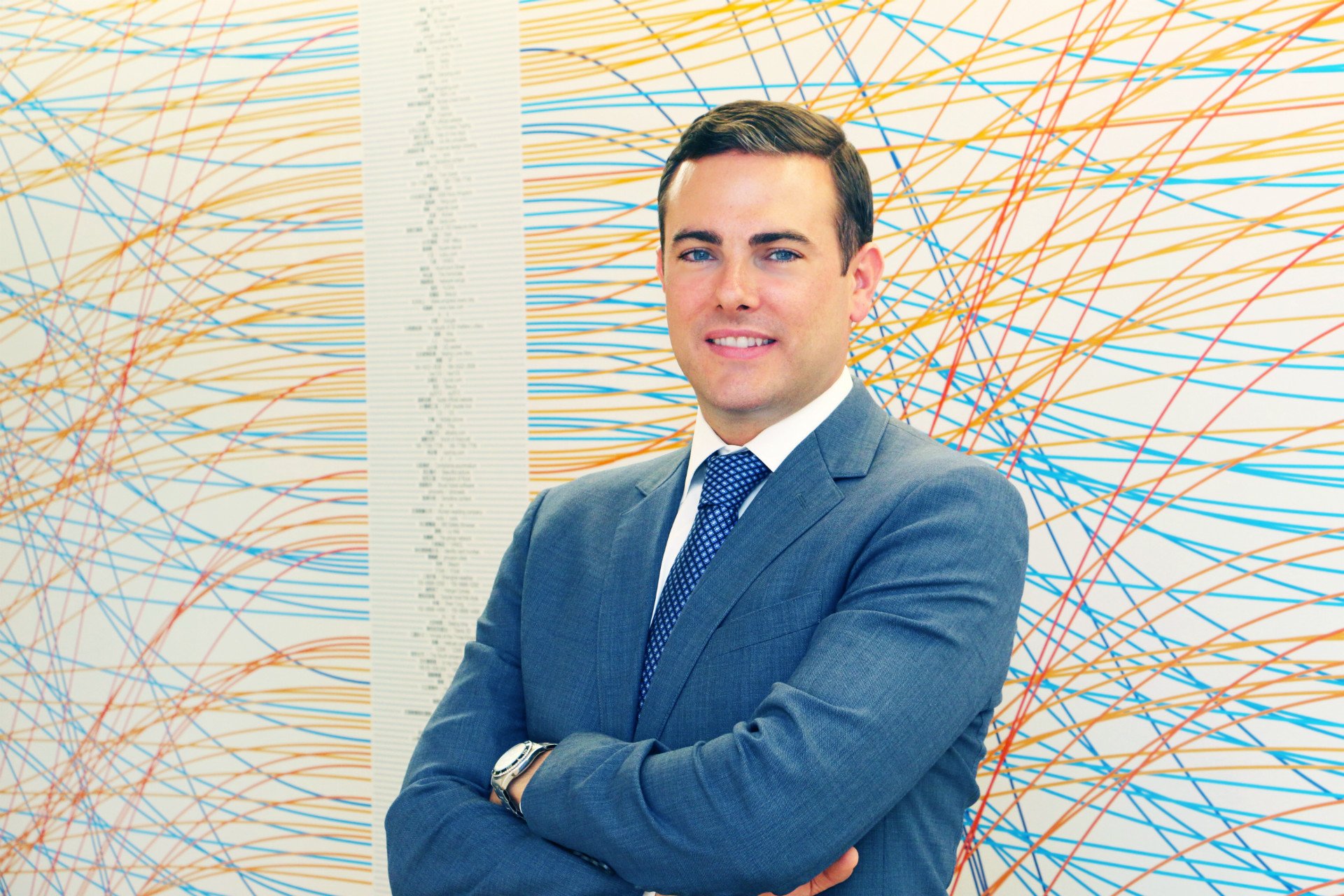6 min read
CME Aims To Be “One-Stop Shop” For Clients’ Data
In a few years customers will be able to access cash and OTC data alongside futures data.

State Street and its research arm State Street Associates have collaborated to optimize their securities lending business through the deployment of an internally developed machine learning model.
The project's goal was to identify when general collateral securities would transform into hard-to-borrow securities, which have greater demands and earn higher fees.
The events and few are far between, according to Yasser El Hamoumi, assistant vice president, trading and algorithmic strategist (securities finance) at State Street and who presented at the AI in Finance Summit in Midtown Manhattan.
However, lending hard-to-borrow securities represent 60% of the revenue SSA earns from securities lending while making up 20% of its loans by volume, added co-presenter Travis Whitmore, a quantitative researcher at SSA.
The firms initially used an Ordinary Least Squares model to see if it could predict a hard-to-borrow event better than a coin flip.
Although the model did well at categorizing which securities would become hard-to-trade, it did a poor job of identifying when such an event would take place. It had a 4% hit rate using data from January 2012 to February 2019 with a 260-day rolling look back as well as false positive and false negative rates of 27% and 97% respectively.
The team took the six parameters that it used in its OLS model, return-percent, market capitalization, three-day average fees, utilization, HTB Score, and the Herfindahl-Hirschman Index, and deployed them into a K Nearest Neighbor framework.
"We stopped with those six variables," said El Hamoumi. "They were all additive, and they had the best performance together."
Adding additional variable would lead down a dangerous path where the model's result could fool people into thinking it was operating better than it was."
The KNN model increased the hit rate to 68% while reducing the false positive rate to 10%. The false-negative rate remained unaffected.
"We thought to prioritize false positives over false negatives since we would rather be in a high-value trade and miss a low-value trade rather than vice versa," said El Hamoumi.
Building out the hard-to-borrow framework has helped the firms build out other frameworks, which is happening more often as the industry increasingly digitalizes, noted Whitmore.
"As we build tools that are more autonomous, we want to make sure that we have the right frameworks in mind so that we are not releasing the robots without a leash," added El Hamoumi.

6 min read
In a few years customers will be able to access cash and OTC data alongside futures data.

4 min read
By Eugene Kanevsky, Global Head of Electronic Trading, CLSA AI technology is an indispensable tool for traders to gain an edge in the algorithm arms...

4 min read
AI and machine learning can enable traders to manage trading risks better and enhance investor returns. By Ben Polidore, Managing Director,...